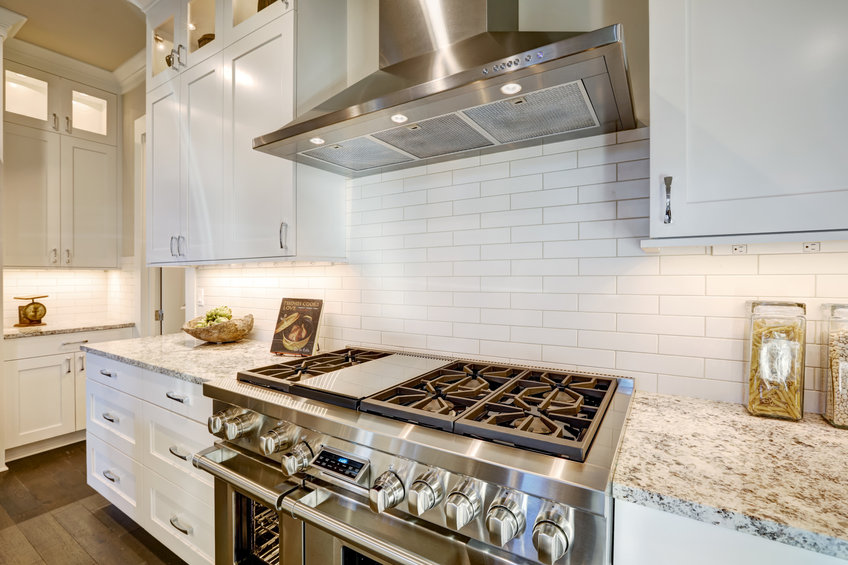Unfortunately, many people are unaware of this and it might be because a gas range doesn’t have to be vented. Across the United States, the majority of residential homes cooking with gas do not need to vent their range. However, just because you don’t have to does not mean that you shouldn’t. If you use a commercial-style range, then you will be required to do so. It is always wise to consult the local guidelines and regulations to ensure you are operating in line with the law.

The Danger Of Non-Vented Gas Ranges
While a properly installed home gas range is considered safe, research has shown it’s important to take extra precautions. At this point, there is no agreed carbon monoxide standard in place for indoor air. However, the average level in homes that do not use gas ranges run from 0.5 to 5 ppm. This number jumps to 5 to 15 ppm in homes with properly adjusted gas ranges and in the case of poorly adjusted gas ranges, it can be 30 ppm or higher.
A collaborative study found that residential gas ranges can release substantial levels of pollutants that negatively impact indoor air quality, which increases health risks. These pollutants include carbon monoxide, nitrogen dioxide, and formaldehyde. The study found that gas burners are often used without the support of a vented range hood and this greatly increases the risk of deadly gas buildup. The goal of this research was to determine the impact of cooking with gas during different seasons and how this affects exposure to these noxious pollutants. The researchers found that those in homes not using a vented range hood were exposed to unacceptable pollutant levels routinely and that those levels exceeded what is deemed acceptable by health guidelines.
The reason gas ranges are so popular is that they are low-cost and you can adjust the heat immediately. They burn natural gas efficiently, but those benefits do not negate the potential health risks of operating a gas range without a vented range hood.
Venting Your Range Hood
A ducted range hood offers excellent ventilation for a gas range. There are other options, of course, but the most efficient range hood option requires ducting that vents outdoors. There are a wide variety of ductless range hoods to choose from, but these simply filter odors, grease, chemicals, and dirt. If you want something to keep your indoor air quality as clean as possible, then you need a ducted range hood. The more you cook, the greasier your meals are, or the more odorous they are… the harder you need your hood to work. Nothing will work harder for you than a ducted range hood.
Any appliance that burns natural gas produces waste that may be hazardous to your health. Carbon monoxide is odorless and your bloodstream absorbs it quicker than it does oxygen. According to the CDC, over 400 Americans die from carbon monoxide poisoning each year, with a further 50,000 visiting the hospital with carbon monoxide poisoning. It isn’t something to take risks with. You should install alarms, open windows, and turn on the range hood’s exhaust fan while cooking.
Fine-Tuning
Even if your gas range has been finely tuned and installed by a professional, it will emit gases. The reason that every kitchen range manufacturer recommends that you install a range hood of some description is to keep you safe and ensure your indoor air quality remains high. As important as it is to remove odors, grease, and moisture, it’s even more important that you protect your health.
There are several things to bear in mind as you look for a range hood. It should be tightly sealed, vented outdoors, a quiet operator, and it should have the capacity to remove your cooking fumes. Then there is the matter of makeup air. This is outside air that replaces the air vented from your building. Your clothes dryer and bathroom fan do this job, as do many range hoods. As this can depressurize the interior of your home any hood exhausting more than 400 cubic feet of air per minute requires makeup air.
Cooking should be an enjoyable experience and a vented range hood is going to help you achieve that.
